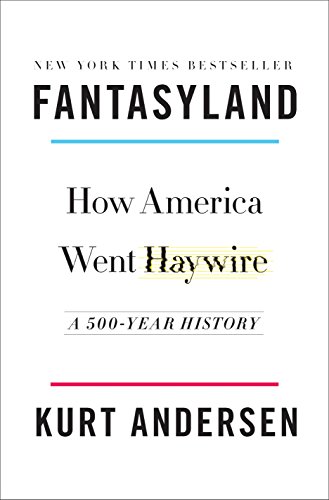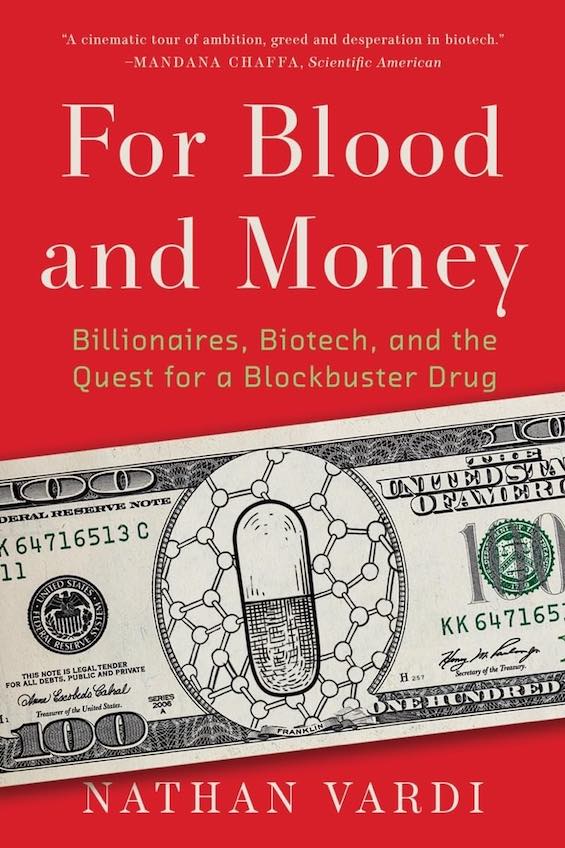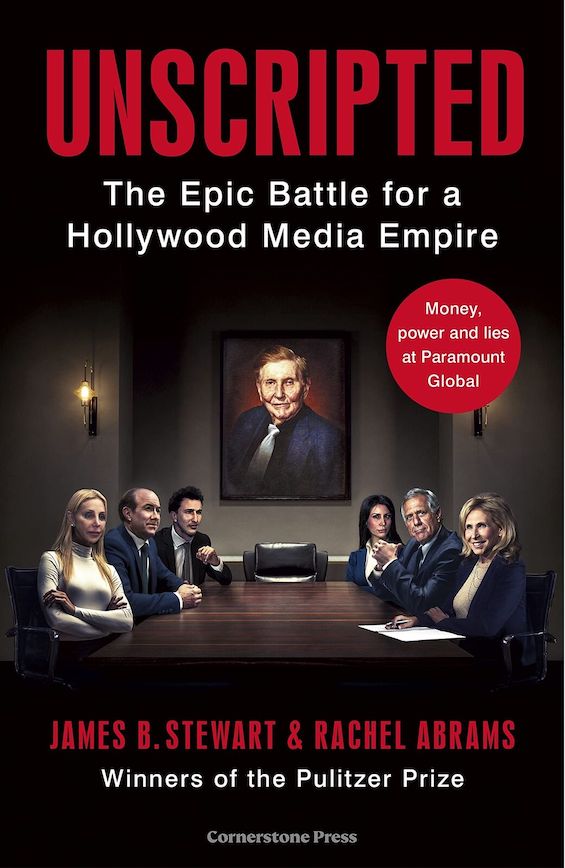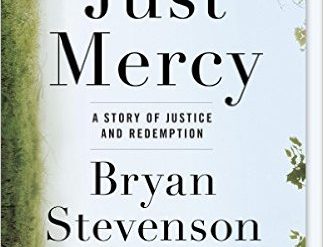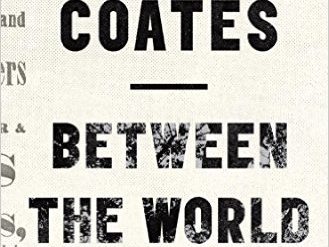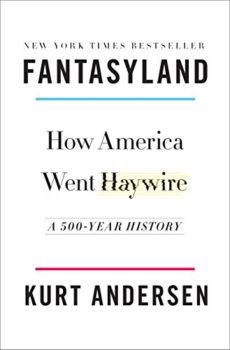
You will be amazed. In Kurt Andersen‘s shocking 500-year survey of US history, Fantasyland, you’ll learn just how truly exceptional America is—and not in a good way.
If you think only Donald Trump, Fox News, anonymous online pundits, and Russian hackers have a monopoly on “fake news,” guess again. Andersen relates countless incidents of purportedly true accounts of satanic cults, multiple personality disorder, recovered memory, vaccines causing autism, and other once pervasive delusions on ABC and NBC News and other mainstream media over the years. Even that paragon of accurate journalism, The New York Times, has fallen prey to such nonsense from time to time. Is it any wonder, then, that ludicrous conspiracy theories should multiply on the World Wide Web, where any nut can say anything anonymously without fear of contradiction?
Who spreads conspiracy theories?
Equating The New York Times with Breitbart and Russian hackers as purveyors of fake news would be highly misleading. Andersen doesn’t do that. As he notes in another context, “There are different degrees of egregious.” However, he is clear that “fake news” and conspiracy theories are by no means limited to the so-called “Trump voters” pilloried by professional journalists and commentators.
Fantasyland: How America Went Haywire by Kurt Andersen (2017) 429 pages ★★★★★
The United States is an outlier among developed nations
Huge numbers of other Americans have left the realm of rationalism for Fantasyland. Consider Scientology, the anti-vaccine movement, hysteria about GMO food, alien abductions, homeopathy, and the national missing-children panic of the early 1980s. None of these delusions and conspiracy theories are solely identified with any class, region, or race. And popular New Age gurus such as Marianne Williamson, Deepak Chopra, and Eckhart Tolle, all of whom sometimes spout nonsense, have not attracted notably large followings among the creationist set.
Similarly, Oprah, Dr. Oz, Bill Maher, and other popular show business celebrities have promoted delusional beliefs. As the late Senator Daniel Patrick Moynihan noted, “You are entitled to your own opinion, but you are not entitled to your own facts.” Unfortunately, as Andersen makes abundantly clear, far too few Americans take that sentiment seriously—and, in that respect, the United States stands out clearly in comparison with all other developed nations.
The religious roots of America’s infatuation with fantasy
Andersen’s account begins early in the sixteenth century with the establishment of English colonies in present-day Virginia and Massachusetts. In both cases, conventional wisdom has it that the search for religious freedom drove early colonists to American shores. That’s only partly true, and only in the case of New England. Andersen explains that the primary motivations for all the earliest European expeditions were visions of gold and the Northwest Passage. And the Puritans—they only later called themselves Pilgrims—who landed south of Boston were in no way motivated by religious “freedom.” They had set out to establish a theocracy intolerant of any religious practices that departed even slightly from the rigid prescriptions of their faith.
A fatal flaw in Protestantism
However, in Protestantism, with its view that “every man [is] his own priest,” there lurked a fatal flaw in its commitment to conformity: if “every man” was “his own priest,” what was to stop them from inventing their own religions? In fact, as American history clearly shows, that is precisely what has happened over the five centuries since Jamestown and Plymouth Rock. Beginning not long after the landing at Plymouth Rock with Roger Williams and Anne Hutchinson, Americans have demonstrated unending creativity in devising variations, often radical variations, on Christianity, from Mormonism, Christian Science, Seventh Day Adventism, and the Jehovah’s Witnesses to the numberless evangelical Protestant denominations.
In every case, these new belief systems rested on fantasy. And there, Andersen argues, lies the rub. Most Americans seem willing to suspend disbelief to worship on the basis of precepts any self-respecting science fiction writer would reject as improbable. (If you think I’m exaggerating, read The Book of Mormon as written by Joseph Smith, or Going Clear: Scientology, Hollywood, and the Prison of Belief by Lawrence Wright.) Interestingly, Andersen cites studies by scholars at Yale and the University of Chicago that found “the single strongest driver of conspiracy belief [is] belief in end-time prophecies.”
Religious beliefs grounded in wishful thinking
Andersen frequently cites findings from public opinion surveys to telling effect. “Nearly all American Christians believe that Heaven (85 percent) and Hell (70 percent) are actual places,” he writes. Focusing on “the solid majority of Protestants, he adds that “at least a quarter of Americans . . . are sure ‘the Bible is the actual word of God . . . to be taken literally, word for word.'” And “more than a third of all Americans . . . believe that God regularly grants them and their fellow charismatics magical powers—to speak in tongues, heal the sick, cast out demons, and so on.”
Elsewhere, Andersen notes, “According to Pew, 58 percent of evangelicals believe that Jesus will return no later than the year 2050. (And only 17 percent of all Americans said they thought He definitely wasn’t coming back during the next thirty-three years.)” With such beliefs so widely held, fake news and “alternative facts” can be no surprise.
The problem is far broader than fanciful religious beliefs
Fantasyland is far from limited to the religious sources of Americans’ predisposition to fantasy. Andersen regards shopping malls, planned communities, Civil War reenactment and Renaissance Faires, fantasy sports, theme restaurants, People magazine, cosmetic surgery, pro wrestling, computer games, reality TV, and Disney theme parks as other signposts of our infatuation with the unreal and the impossible. It’s difficult to argue with this on a strictly logical basis. Andersen makes the case. Yet I find it a stretch too far to imply that such phenomena are in any way equivalent to fantasies such as widespread voter fraud, the Black Helicopter conspiracy, hysteria about vaccines, and the pernicious practices of Scientology, all of which have real-world consequences and sometimes lead to physical harm and even death. However, Andersen implies that, because of conditioning by these seemingly inconsequential realities, Americans are peculiarly susceptible to dangerous conspiracy theories.
For related reading
See my review of what might be considered the companion volume to Fantasyland: Evil Geniuses: The Unmaking of America (How America lost its way and ended up at war with itself).
Another author examined America’s religious history in an excellent recently published book. I reviewed One Nation, Under Gods by Peter Manseau at America’s surprising religious history in a highly readable book. Earlier, I had reviewed two other books with insight about American history: Corruption in America by Zephyr Teachout (Citizens United, bribery, and corruption in America) and Republican Gomorrah by Max Blumenthal (When religion dominated the views of American conservatives).
Check out Top 10 nonfiction books about politics for more good reading.
You may enjoy browsing through 20 top nonfiction books about history.
And you can always find my most popular reviews, and the most recent ones, on the Home Page.

